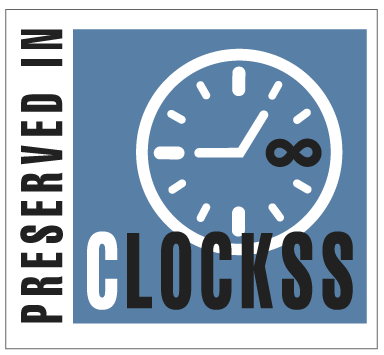Abstract
Distortions in astronomical images caused by Earth’s turbulent atmosphere can be corrected using Adaptive Optics (AO). A Zonal-AO computer simulation approach for the correction of wavefront distortions in long-range astronomical observations, including those for solar prominences is presented. The primary task is to test the performance of AO system with solar image data. The distorted PSFs (point spread functions) and wavefronts caused by atmospheric turbulence are generated in the simulation, after that measured as well as corrected. The results of analyzing the impact of deformable mirror (DM) actuator stroke on both Strehl ratio as well as root-mean-square error (RMSE) show a correlation between such elements, and their effect on image quality in solar imaging is verified. Covariance was also examined and its relationship to RMSE, Strehl ratio and the count of DM actuators. We note that as the number of DM actuators becomes higher, wavefront correction is better than can be achieved through lower density DMs, hence leading to a higher Strehl ratio and smaller RMSE. It is observed that the relationship between stroke in DM and the Strehl ratio are not linear and too large stroke values decrease correction effectiveness. Furthermore, the covariance analysis shows a close relationship between the number of actuators, RMSE and wavefront correction quality. Zonal AO experiences are enriched through this study and a viable approach for the improvement of data quality when obtaining solar images is given to astronomers.
Keywords
Kolmogorov turbulence, PSF, Solar adaptive optics, Strehl ratio, Zonal adaptive optics
Subject Area
Physics
Article Type
Article
First Page
18051
Last Page
18064
Creative Commons License

This work is licensed under a Creative Commons Attribution 4.0 International License.
How to Cite this Article
Ali, Huda Shaker and Hassan, Raaid Nawfee
(2025)
"Computer Simulation of Zonal Adaptive Optics and Assessment of its Effectiveness using Solar Images,"
Baghdad Science Journal: Vol. 22:
Iss.
11, Article 18.
DOI: https://doi.org/10.21123/2411-7986.5120








